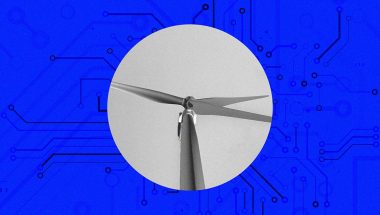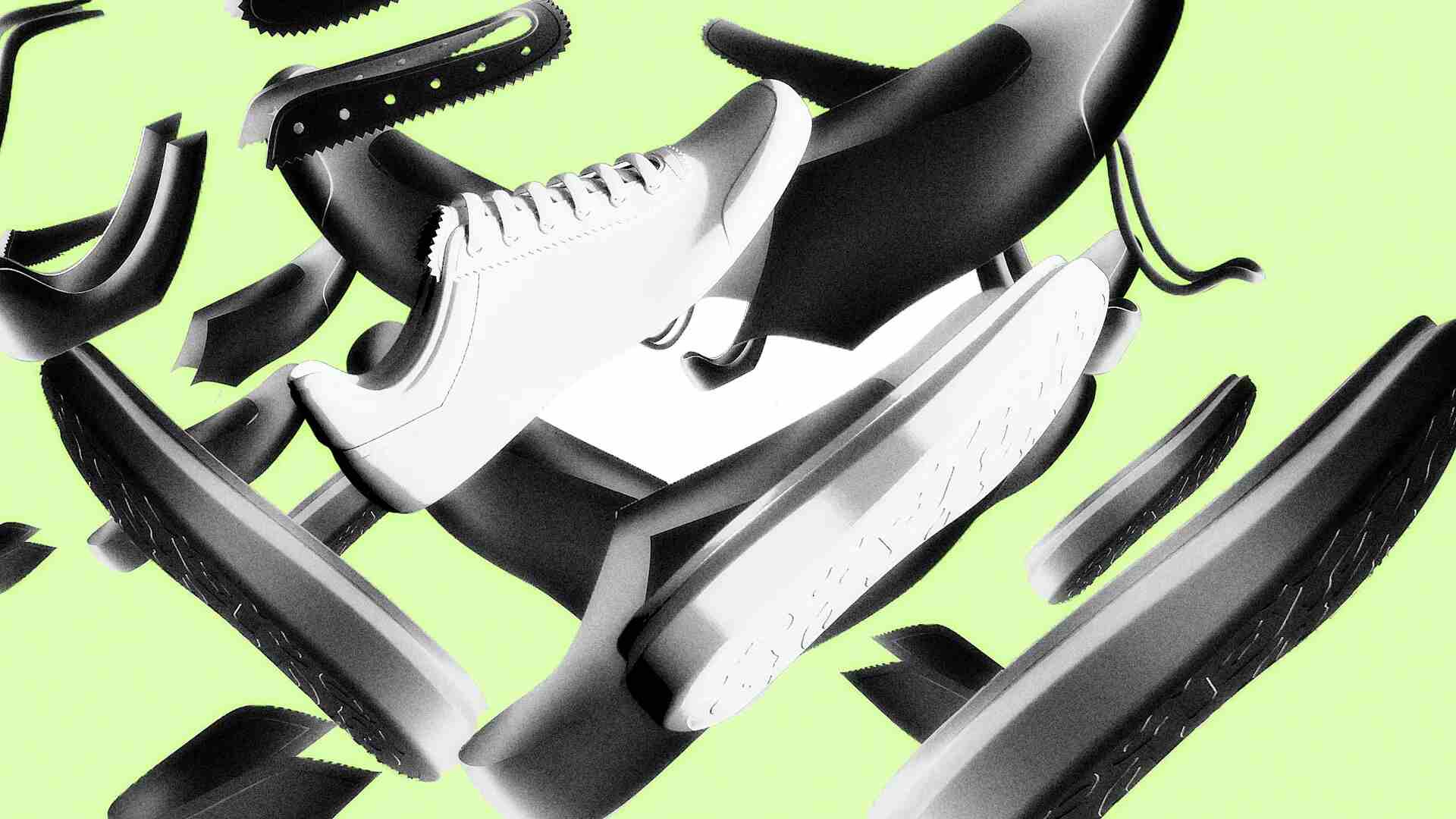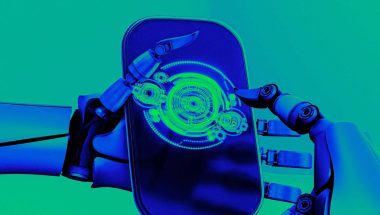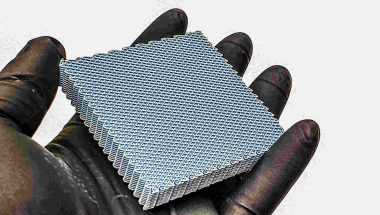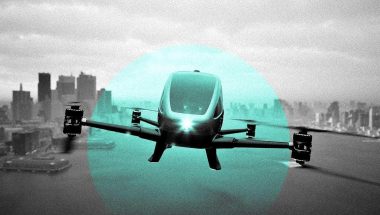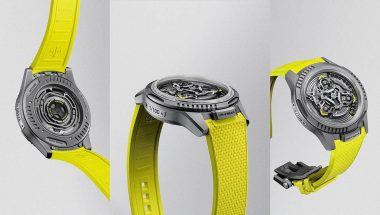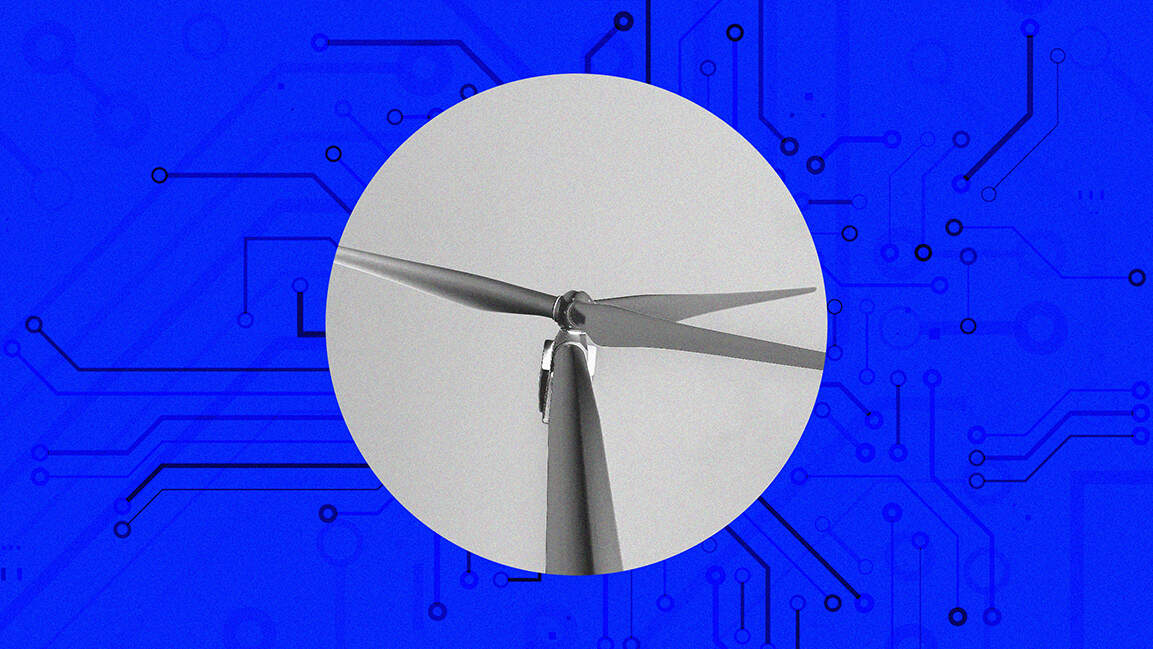- | 8:00 am
Dyson’s newest vacuum takes aim at your dirty car
The new handheld car vacuum costs $280, which makes it among the cheapest vacuums in Dyson’s line.
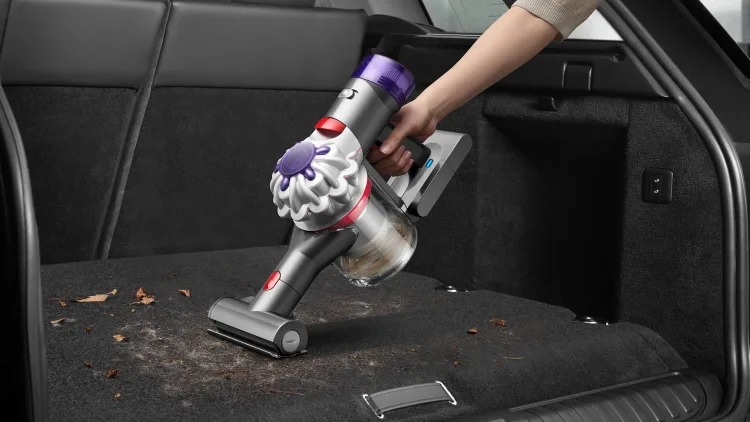
In the ’90s, Dyson transformed the way we clean our homes by launching the most powerful vacuum cleaner the world had ever seen—one that used a cyclone, rather than suction, to extract dust. Three decades later, Dyson has incorporated this same technology into almost every kind of vacuum you could imagine, from robots to heavy-duty mops.
Today, Dyson adds a new vacuum to its portfolio: One focused specifically on cars. Priced at $280, it’s three or four times more expensive than similar handheld vacuums by brands like Shark or Bissell, but it’s one of the most affordable products within Dyson’s range. The vacuum comes with three tools designed specifically for cleaning car seats and mats: one for crevices, one with a brush to lift dirt, and one that has a wider nozzle.
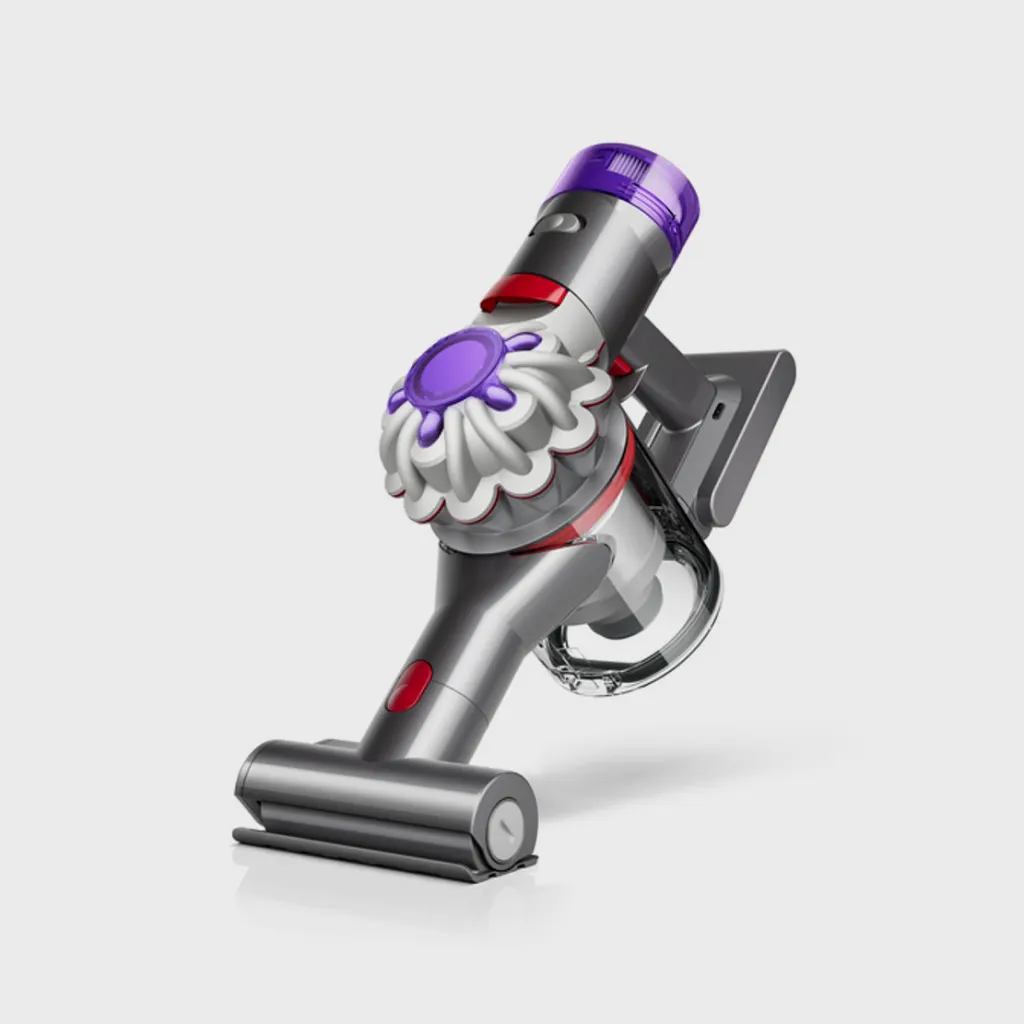
Dyson, which generated $8.8 billion in revenue in 2023, is now pouring a lot of capital into research and development. In 2017, it launched a private university in the U.K. called the Dyson Institute of Engineering and Technology. Students can earn a bachelor of engineering degree, while working at Dyson for three days a week, receiving a salary, and having all their tuition fees paid.
Nat Taylor, a design and development engineer, graduated from the Dyson Institute and moved to Malaysia, where the company has headquarters, and specializes in floor care. He worked on this particular vacuum and explained the challenges around creating a car-specific tool. “Our motors are so powerful, you cannot charge them in your car,” he says. “So, they need to have enough battery life to last a trip.”
In the end, Taylor and his team managed to create a vacuum that lasts 50 minutes, which is long enough to clean a mid-sized car several times before it needs to be charged. But it also generates very powerful suction with a motor that spins at up to 110,000 revolutions per minute (rpm). The company says this makes it the most powerful of any handheld vacuum on the market. (Other handheld Dyson vacuum motors spin at 105,000 rpm, and have a battery life of half the time.)
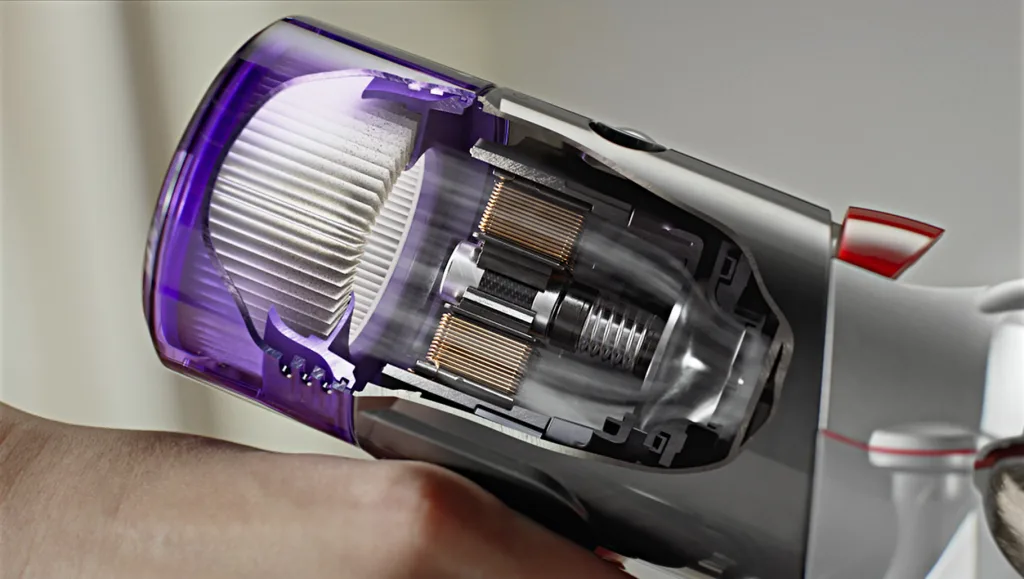
Taylor also says that ergonomics were a consideration. The team focused on making this device lightweight; it’s just a few pounds depending on which attachments you use. The motor and the battery are placed close to the handle to make it easy to balance and manipulate. But like with other Dyson products—including its hairdryers—engineers have been focused on miniaturizing components of the motor to make it as light as possible. “We’re try to balance all these competing priorities,” he says. “We want to create a very powerful motor that is lightweight and can last a long time on a single battery charge.”
Creating highly specific vacuum cleaners is part of Dyson’s broader strategy. Rather than creating one-size-fits-all tools, it wants to create devices tailored to families with pets, those who need heavy-duty cleaning in big houses, and now, those who are looking specifically for a cleaning tool for their car. “We now have this technology platform around our vacuums,” Taylor says. “We can use it to customize it to different products that better suit specific needs.”







